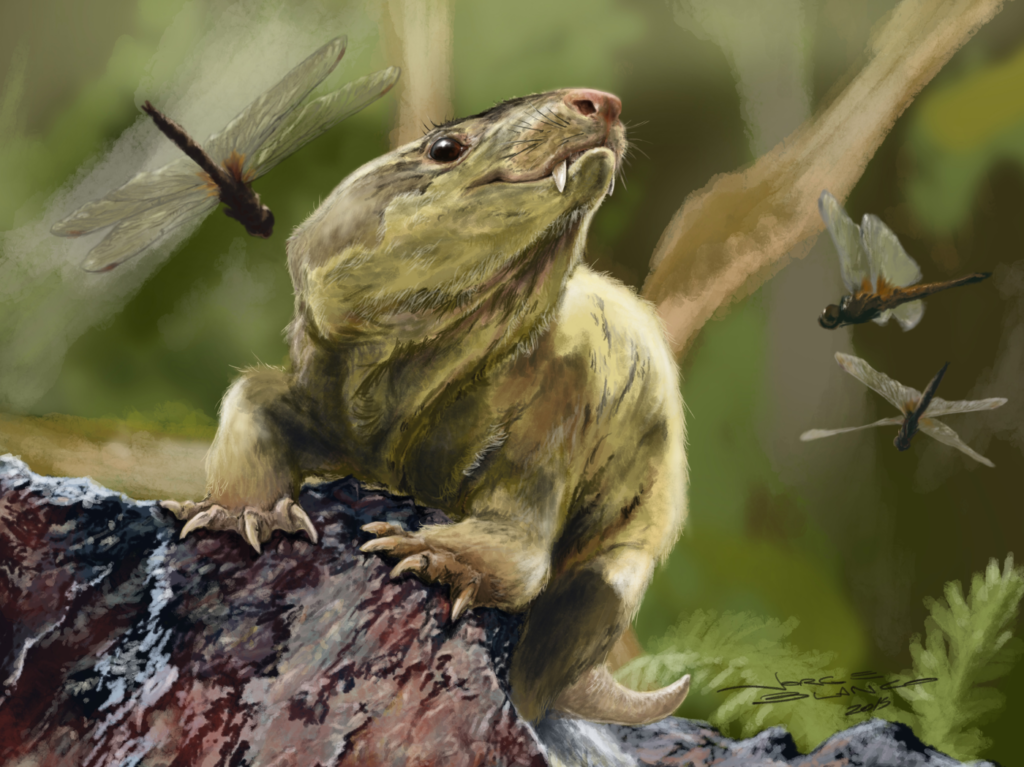The origin of mammals is a topic of ongoing research and debate among scientists. However, it is widely believed that the first mammals appeared during the Triassic period, around 252 million years ago, the same time as dinosaurs. At this time, the Earth’s landmasses were still largely connected as the supercontinent Pangea, and the climate was warm and humid.
The Earliest Known Mammals
The earliest known mammals were small, shrew-like creatures that lived in the shadows of the dominant reptiles of the time, the dinosaurs. These early mammals, such as Morganucodon and Kuehneotherium, were no larger than a modern-day mouse and were likely insectivores or small carnivores. They had a number of adaptations that set them apart from reptiles, including fur, mammary glands, and three middle ear bones.
Over time, mammals diversified and evolved into a wide variety of forms. Some, like the multituberculates, developed complex teeth that allowed them to eat a wide variety of food, including plants, insects, and small vertebrates. Others, like the monotremes, retained some reptilian characteristics, such as laying eggs instead of giving live birth.
One of the most important groups of mammals that evolved during the Mesozoic Era were the therapsids. These were mammal-like reptiles that were intermediate between the reptiles and the true mammals. They had a number of mammal-like characteristics, such as a jaw joint that allowed them to chew their food more efficiently, and a skull that had more room for the brain.
Transition to the True Mammals

The therapsids eventually gave rise to the true mammals, which appeared around 200 million years ago during the early Jurassic period. These true mammals were characterized by several key features, such as the presence of three middle ear bones, a jaw joint that allowed them to chew their food more efficiently, and teeth that were specialized for different functions.
The true mammals diversified into a wide variety of forms during the Jurassic and Cretaceous periods. Some, like the docodonts, were small, shrew-like creatures that lived in the shadows of the dinosaurs. Others, like the multituberculates, evolved into large, rodent-like creatures that were able to survive the mass extinction event that wiped out the dinosaurs.
In conclusion, the origin of mammals can be traced back to the Triassic period, around 252 million years ago. They evolved from mammal-like reptiles called therapsids and developed several key adaptations such as fur, mammary glands, and three middle ear bones that set them apart from reptiles. The true mammals appeared around 200 million years ago during the early Jurassic period and diversified into a wide variety of forms during the Jurassic and Cretaceous periods. After the extinction of dinosaurs, mammals continued to diversify and evolve into the wide variety of forms we see today, including primates, ungulates, carnivores, rodents, and many others.
